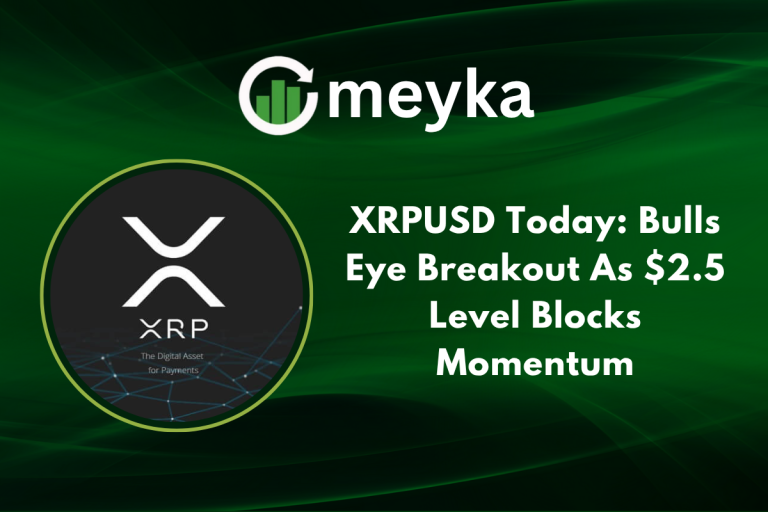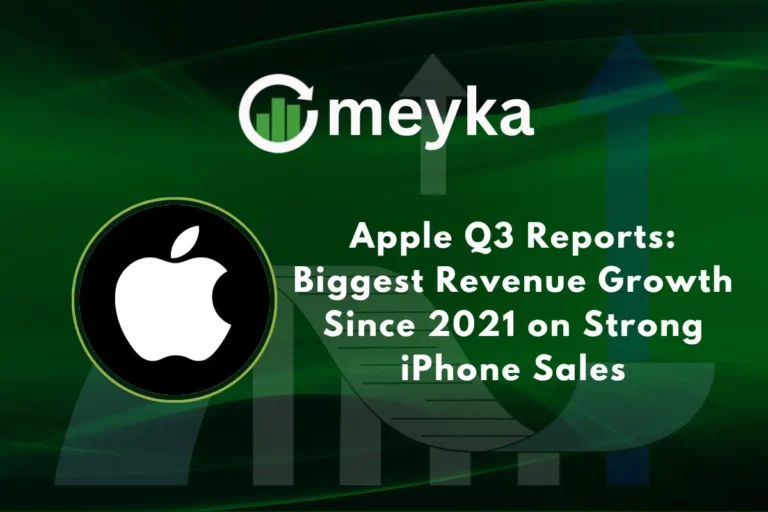Bitcoin Price Today: BTC Rebounds to $106K as US Shutdown Fears Ease
Bitcoin (BTlCUSD) staged a sharp rebound to around $106,000 after markets digested signs that U.S. shutdown fears were easing. The move calmed short-term panic, lifted broader crypto sentiment, and pushed traders to reassess support and resistance levels.
This article breaks down what drove the bounce, how macro and on-chain signals matter, and what investors should watch next.
Bitcoin Price Today: BTC Rebounds to $106K
Bitcoin climbed back into the $106K area as headlines reduced immediate political risk and buyers stepped in at critical technical levels. Analysts flagged that sustaining support above $100K would be crucial to keep the broader uptrend intact. Data and market flow reports suggest the rally reflects reaccumulation rather than panic-driven relief selling.
What triggered Bitcoin’s sudden rally?
A blend of news-driven sentiment and technical buying caused the uptick:
- Political headlines eased near-term risk perceptions and pulled money back into risk assets.
- Buyers stepping in around the $100K psychological floor, creating a short-covering bounce.
- Institutional flows and ETF dynamics that reduced the depth of the selloff, suggesting accumulation at dip levels.
How macroeconomic factors impact crypto prices
Macroeconomic conditions Fed policy outlooks, dollar strength, and global trade tensions shift liquidity and risk appetite. When traders price in easing or lower near-term risk, liquidity can flow back into Bitcoin and other speculative assets.
Recent analysis linked Fed expectations and geopolitical headlines to the recent volatility and rebound in BTC.
Expert insights & social media reactions
Market analysts gave two complementary reads: technical buyers defended key supports while macro headlines reset sentiment. Social posts amplified the news flow and offered real-time sentiment checks.
One widely shared update noted increased buy-side volume after the easing headlines, while others highlighted stabilization in futures and ETF metrics. These short-form reactions often accelerate intraday moves and provide live sentiment signals.
A mainstream report explicitly linked a political de-escalation described as a temporary ceasefire to the immediate rally, showing how headline narratives can trigger swift flows into crypto markets.
Comparison with other altcoins
While BTC led the rebound, major altcoins participated:
- Ethereum benefited from rotation into smart-contract exposure and increased network activity.
- Solana moved with momentum flows and narrative-driven buying that often follows Bitcoin’s recovery.
Altcoin strength typically follows BTC reclaiming short-term support, and selective network narratives (scaling, DeFi, NFTs) determine which tokens outperform.
AI Stock research & market sentiment
Institutional desks increasingly use algorithmic tools to parse headlines and on-chain flows. AI Stock research and AI Stock Analysis models flagged accumulation patterns and fund flow anomalies that helped desks adjust exposure during the dip.
Some traders also relied on AI Stock alerts to spot rapid order-flow changes, demonstrating how algorithmic signals now shape real-time trading decisions.
The Broader Crypto Market Outlook
The near-term outlook is cautiously optimistic. Key levels to watch:
- Support: $100,000 is the immediate psychological floor.
- Resistance: $110,000–$115,000 is the next supply zone to reclaim.
On-chain metrics, ETF activity, and reduced futures leverage point to reaccumulation rather than collapse, but volatility remains. Institutional accumulation can provide a steadier base for price action even as headlines continue to move intraday prices.
Will Bitcoin maintain its $100K support? It depends. A sustained hold above $100K would preserve the bullish structure and likely attract more institutional inflows. If a major macro shock or unexpected liquidity withdrawal occurs, the level could be retested.
Long-term holder accumulation has risen, which typically moderates extreme sell-offs, but traders should prepare for both scenarios with disciplined risk rules.
Quick checklist for traders
- Monitor macro headlines for U.S. funding and shutdown developments.
- Watch ETF flows and institutional filings for clues about buying interest.
- Use volatility-aware position sizing and stop-losses keyed to technical levels.
- Track altcoin market breadth as an early sign of broad crypto recovery.
Deeper look: technical levels and on-chain signals
- Support: $100,000 as a psychological and technical floor.
- Resistance: $110,000–$115,000 will need reclaiming to confirm a fresh leg up.
- On-chain: Long-term holder supply rising and easing derivatives leverage support a consolidation narrative.
Market depth: who is buying? ETF buyers, funds, and some corporate treasuries were identified adding exposure during the dip, creating a deeper liquidity base. Institutional accumulation tends to reduce extreme flash crashes but also shifts how BTC correlates with traditional markets.
Investor takeaways and risk management
- Scale into positions and size by volatility.
- Use stop-losses tied to technical zones, not arbitrary levels.
- Keep an eye on macro calendars and ETF flow reports for directional clues.
Conclusion
Bitcoin’s rebound to $106K came from a blend of political easing, technical buying at key supports, and ongoing institutional interest. While volatility will remain a feature, on-chain accumulation and flow data point to consolidation rather than structural breakdown.
Traders should watch the $100K support, track ETF and institutional flows, and apply disciplined risk management. The next directional move will hinge on macro headlines, liquidity, and whether buyers can reclaim the $110K–$115K resistance zone.
FAQs
Bitcoin often crashes when there is sudden negative news, heavy liquidations, or profit-taking by whales. A drop in liquidity or high leverage also accelerates the fall.
$1000 in Bitcoin equals around $1000 ÷ current BTC price. If BTC is $106,000 right now, $1000 equals about 0.0094 BTC.
Analysts say Bitcoin could hit new all-time highs if demand stays strong, ETFs grow, and supply shrinks. But it depends on macro, regulation, and market sentiment.
No single person owns 90 percent. But blockchain data shows long-term whales, miners, ETFs, and major crypto exchanges control most of the liquid supply.
Large holders such as early adopters, institutional wallets, and ETF custodians hold a big portion. Most retail investors hold very small amounts compared to whales.
Disclaimer
The content shared by Meyka AI PTY LTD is solely for research and informational purposes. Meyka is not a financial advisory service, and the information provided should not be considered investment or trading advice.






